
OR

Air temperature, air density and wind direction have direct bearing on the length of the runway.
Sandwiched between Manahara and Bagmati, the sandy plateau of Gauchar used to be a grazing pasture owned by Pashupatinath temple. That aside, Ranas also played golf at the far south east corner. It was, perhaps, nothing like impeccably maintained green fairways on Sports Channel. Golf courses are often designed by famous landscape architects and are seldom as tasteless and flat. But the flatness was, in a way, a boon as it became natural choice for a landing stretch. While golf is played at a leisurely pace it could not be anything other than orderly. Fast forward to the present, the spot has since developed into an airport where disorder rules not just on ground but in the air as well.
For the first few years of its use, Gaucher remained as it was even as Dakotas flew scheduled flights. The runway was later made permanent but its orientation (“16/34”) remained unchanged. With use limited to aircraft no bigger than DC3s perhaps there was no harm with the existing orientation even as Phulchoki stood dead ahead. The development work for the 3,700 ft runway was completed in 1957.
The second major development work at the Gauchar was completed under USAID in 1967. Primarily, it involved constructing a new 6,600 feet runway with a better orientation (“02/20”). Even with the increased length the runway was short. Lufthansa’s B-707 was the first ever jet to land in Kathmandu (March 9, 1967) on a trial run prior to the German president’s visit. It was big news that the B-707 did not require more than half the length of the runway to stop, declared Gorkhapatra. Save for the fuel tanks the plane must have flown empty from Kuala Lumpur. As such, even relatively smaller French jet “Caravalle” with which Thai Airways had started its Kathmandu service had to use parachute to decelerate.
Runways must be of adequate length to facilitate smooth takeoffs and landings. Three variables namely—air temperature, air density and wind direction—have a direct bearing on the runway length. An aircraft using Kathmandu requires a comparatively longer runway as the city is at relatively higher elevation. The same aircraft can manage with a shorter length at lower elevations. The temperature is the most critical of the three variables and hot days often compel airlines to shed load. Naturally, removing cargo is the preferred option, with offloading passengers as the last resort.
It goes without saying that forceful eviction of passengers can be damaging to an airline’s image. United Airlines discovered the full effect of the brutal force used in recent eviction as the said video went viral. If overbooked, passengers get held up right at the check in desk in normal circumstance; wonder why it is so different in the US. That incident gave rise to light-hearted promotional mocks by other US airlines like “We beat the price, not the passenger”. There was another interesting incident in which a passenger beat an airline staff. An Indian MP became instantly infamous for not getting seat in the executive class, as entitled, in an airline with all economy seating! Gauging the public anger the Indian government was forced to come up, in a hurry, with a “no-fly” rule. But these examples were in no way induced by change in the parameter of the three variables. It was human whims, the most unpredictable variable of all, which was at play in both the instances.
With increased urbanization and reduction in greenery all around the average temperature in Kathmandu is increasing. There is a general feeling that winter days are not as cold and summer days are getting hotter every year. With no room for further increase in runway length high temperature is already affecting airlines’ load capacity. Wide bodies cannot operate at their full load from here, as it is, and rising temperature won’t help their cause one bit. Airlines take load penalty (flying with lighter load) very seriously, as was seen with Qatar Airways bearing the cost of Radio Nepal’s new antenna at Khumaltar. The antenna mast, which was tall, happened to be in the aircraft’s ascent path, and Qatar Airlines was forced to flying light to quickly ascend and avoid the antenna. Naturally, it made business sense to pay for a new and shorter antenna than constantly bear revenue loss arising out of load penalty.
The problem in Kathmandu is with departing wide bodies not with their arrivals per se. If takeoffs and landings were north-faced (using ‘02’) that could reduce holding time in the air to some extent. More than the 300m length increase, taxiway connection at the two extremes of the runway will help more aircraft quickly vacate/enter runway. The additional length, in turn, should help reduce load penalties to some extent even as the runway has a slight uphill slope.
The biggest variable of all is the uncertainty about work completion, as witnessed in most projects, big or small. The case of airport at Nijgadh is no different, with decisions on the crucial “fast track” being treated much like a child fiddles with a toggle switch. Nijgadh in “three hours” might eventually be possible. But it is definite that an airport with such a long umbilical cord will be the Second International Airport in name alone.
harjyal@yahoo.com
You May Like This

To play or not to play
The Ministry of Home Affairs has decided to ban deusi-bhailo program during Tihar after 10 pm. This decision has had... Read More...

Nepali team off to Malaysia to play ACC U-19 Asia Cup Qualifier
KATHMANDU, Sept 8: Nepali national cricket team today left for Malaysia to participate in the ACC U-19 Asia Cup Qualifier... Read More...

Facebook users can now play Pac-Man on Messenger app
The social network on Tuesday rolled out a feature that allows users to play hugely popular games such as Pac-Man... Read More...
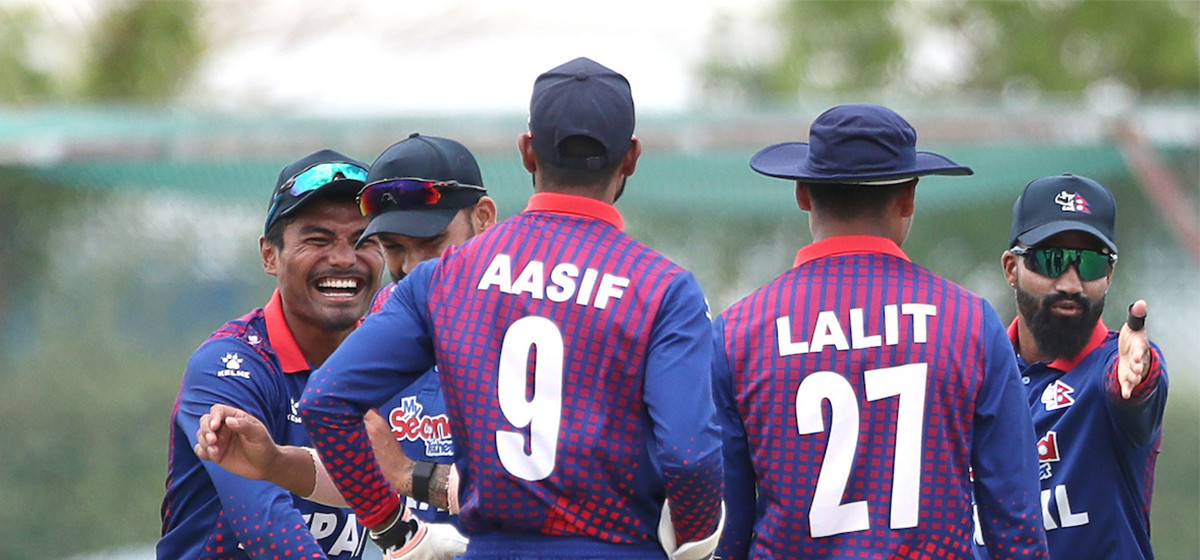


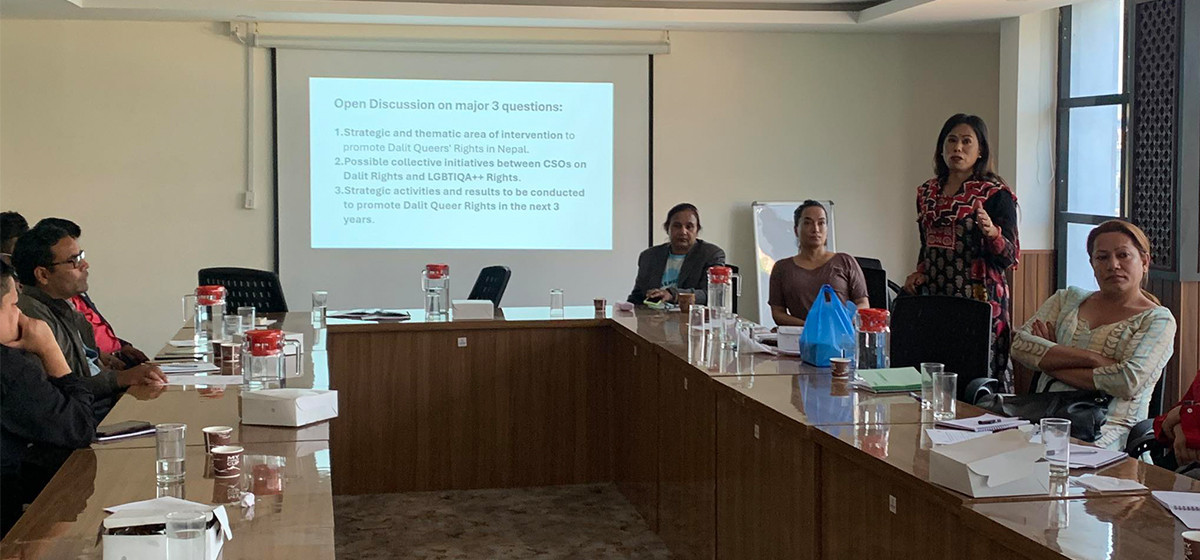


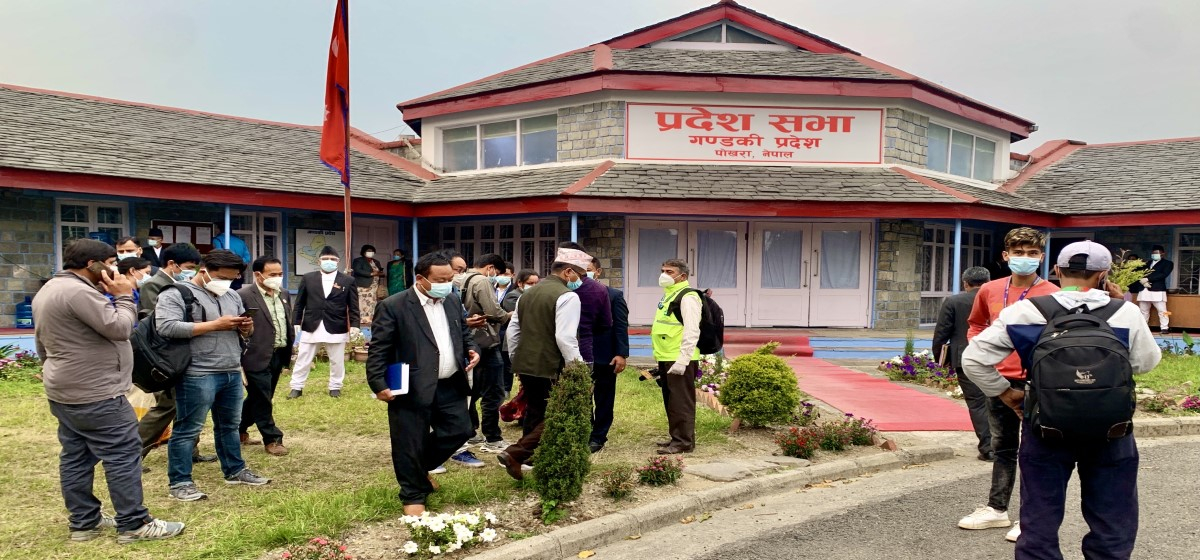
Just In
- Reflecting on a festive journey filled with memories and growth
- Dalit sexual and gender minorities lack representation within their own communities and groups
- Nagdhunga-Sisnekhola tunnel breakthrough: Beginning of a new era in Nepal’s development endeavors
- Altitude sickness deaths increasing in Mustang
- Weather forecast bulletin to cover predictions for a week
- Border checkpoints in Sudurpaschim Province to remain closed till Friday evening
- Gandaki Province Assembly session summoned
- CM Karki to Speaker: Resolution motion for vote of confidence unconstitutional











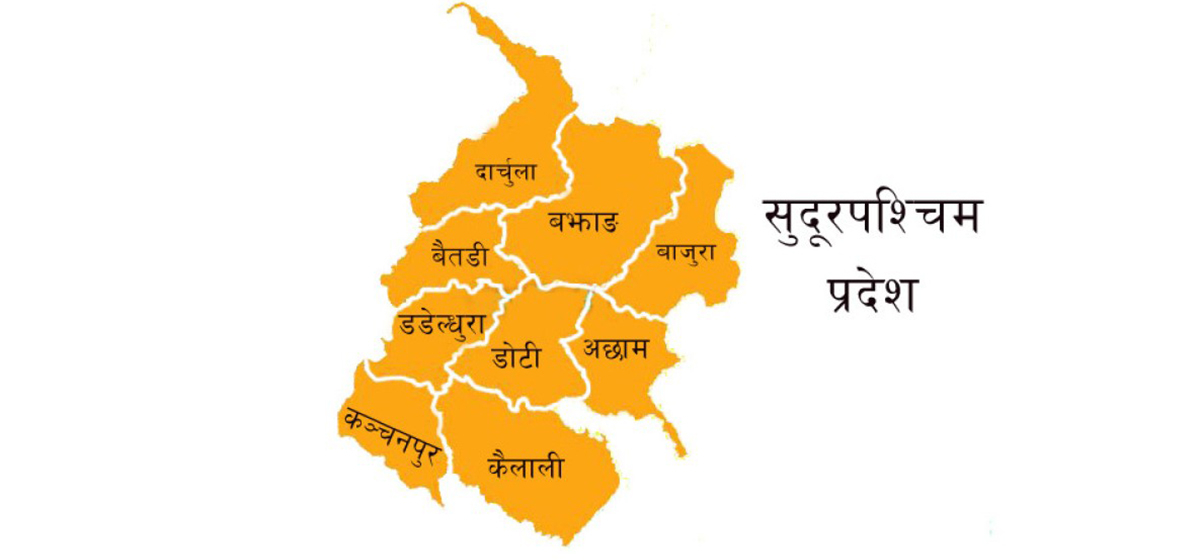
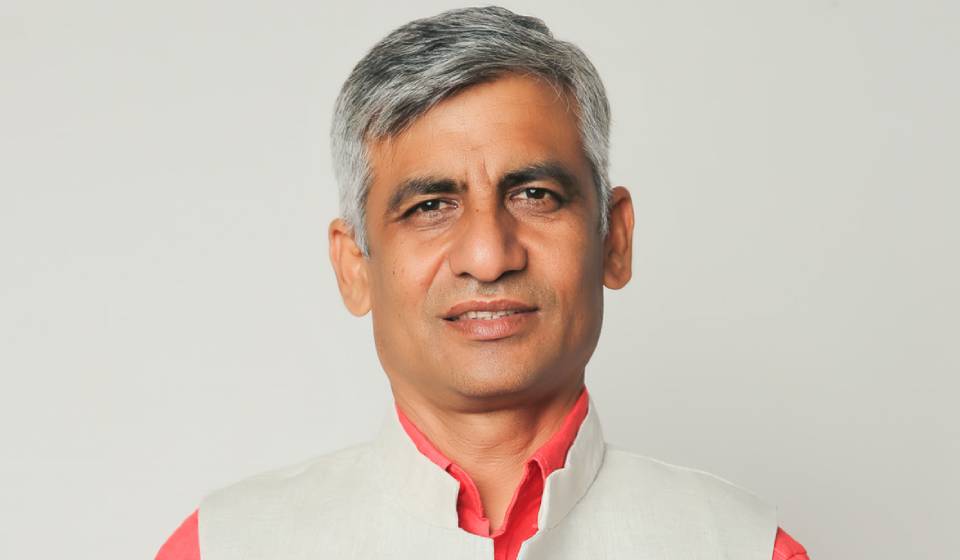
Leave A Comment